Your shiny Windows 10 PC/Laptop might have started to fade off its polished surface. If you want to revive your slow Windows 10 PC/Laptop, don’t worry; we got your back. Here are more than a dozen tips to speed up your slow Windows 10 PC. These tips will drastically improve the performance of your Windows 10 machine and will fix a slow compluter.
How To Speed Up Windows 10 PC in 2020
1. Disable Startup Programs
The first and foremost reason for slow PC might be a plethora of programs running in the background when you start your Windows 10 PC. We aren’t talking about opened Windows, but programs that are running in the background without you knowing. Out of them, you’ll find programs that slow down your Windows. It’s time you put a full stop to the unnecessary ones.

To stop these background programs, you need to open up Task Manager. You can do that by right-clicking the Taskbar and selecting Task Manager. There are many other ways to do it as well. You can also right-click the Start button and click the Task Manager option. As an alternative, you can open up Start Menu and start searching for Task Manager.
Once the Task Manager opens up, click on More Details if you are not in the Advanced mode. You’ll now see all the programs running in the background. Navigate to the Startup tab, and you’ll see a list of programs that run at startup, along with its publisher name and the impact it has on Windows while starting up Windows 10.
To Disable a program from starting up, you can select the program and click Disable located bottom-right of the window. It won’t disable your programs completely. Instead, it will stop the programs from running at the startup — you can launch them whenever you want, and they will start to run in the background.
If you decide to Enable the program at startup, you can open the Task Manager, and select the program, and click Enable. We disable a lot of unnecessary programs that run on startup. You shall decide which ones are important, and which aren’t. This is the first step to improve your slow Windows 10 PC.
2. Disable Special Effects
Windows 10’s new Start Menu looks mesmerizing with its Fluent transparent look. As a result, it drains a little more resources to present that look to you. It’s time that you ditch the look for better performance on your Windows 10 PC. You can do that by changing your Start Menu settings.
To do that, Go to Settings > Personalization > Colors and turn off the toggle that says “Transparency Effects” or “Make Start, taskbar, and action center transparent”.
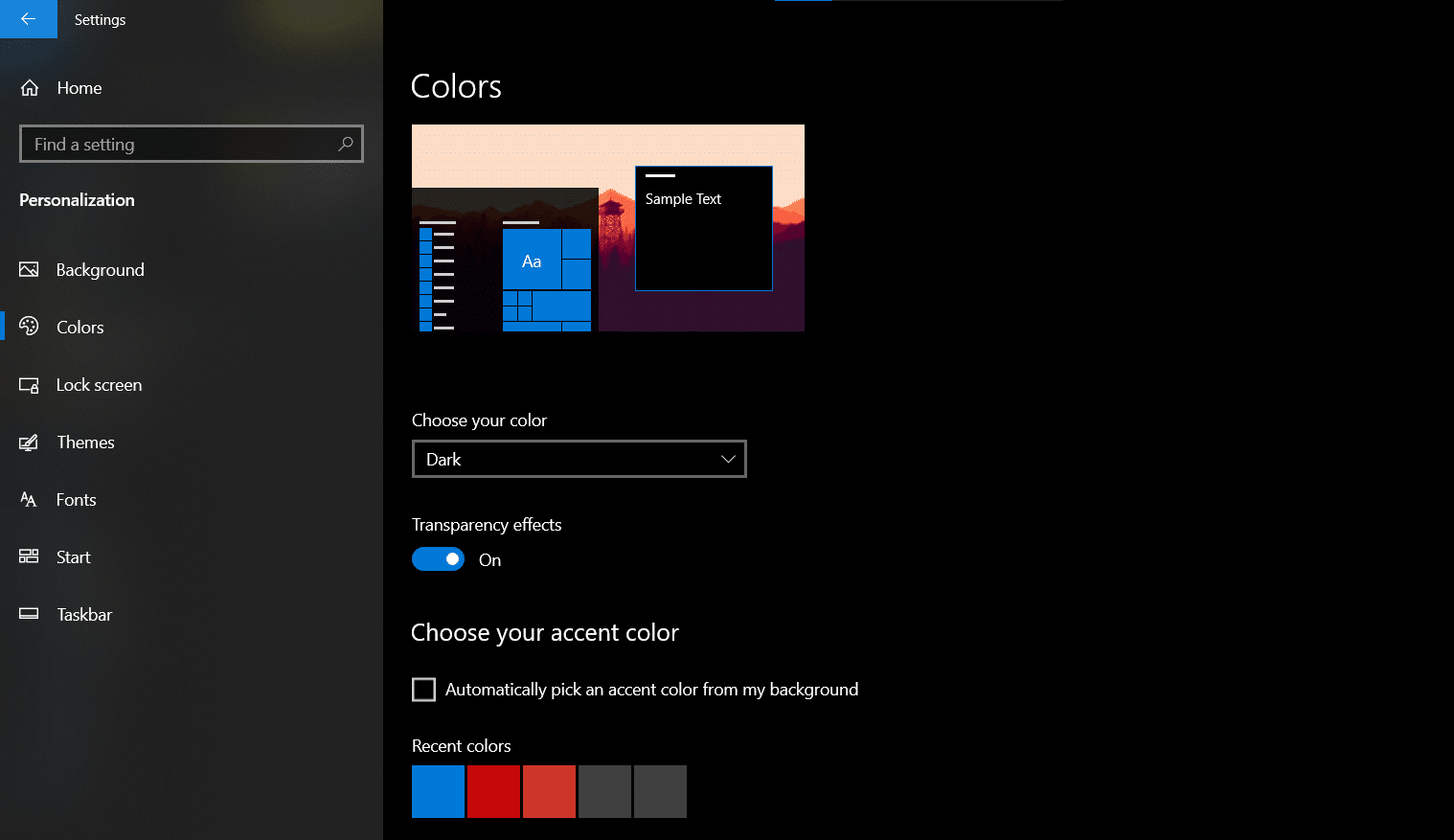
After Disabling the Transparency effects, it’s time to go bare-bones on the System’s special effects to speed up your Windows 10 PC. To completely disable the Special Effects, you need to go to right-click the Start button and select System. Once opened, click on the Advanced System Settings. A window will pop-up when you click that.
Now go to the Advanced tab and click on the Settings button. It will open the Performance Options window. Under the Visual Effects tab, choose Adjust for best performance option. It will turn off unnecessary visual effects on Windows 10. Otherwise, you can also select Choose: and select which ones to disable. Once done, click on Apply to apply the changes. As a result of these, you might speed up slow Windows 10 PC.
3. Scan For Viruses
There might be a slight chance that your PC might be affected by a virus, which could have resulted in slow performance of your PC. If your PC hosts a virus, your antivirus or Windows Defender should have blocked already. If not, you might have to perform a reset if the virus takes over.
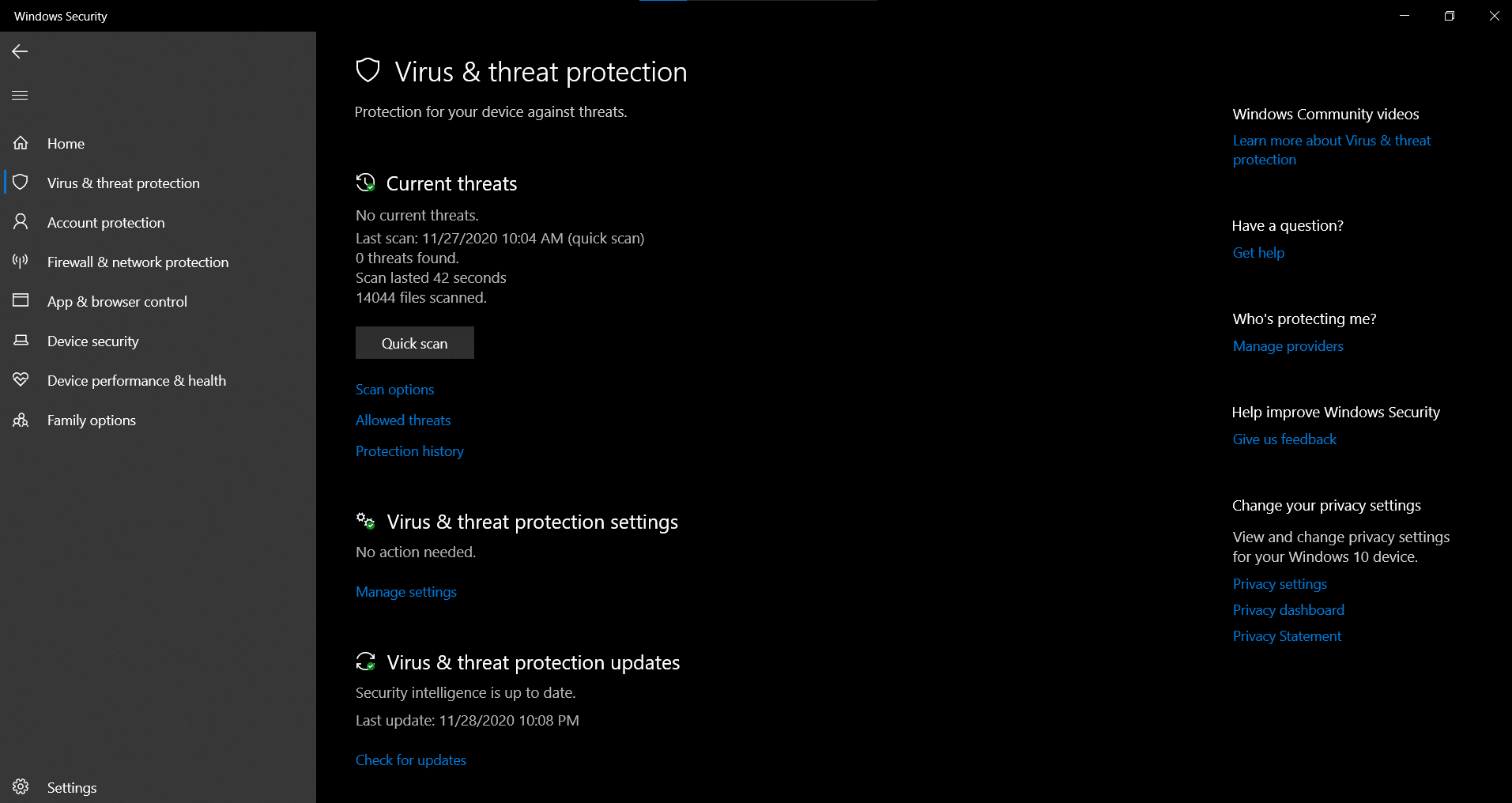
We suggest you perform a quick scan every then and now to be safe from these viruses. To do that, you can use your antivirus or the in-built Windows Defender app on your PC to scan. To perform a scan, open the Windows Defender or your antivirus and perform a full scan.
If the software finds malware or a virus, make sure to remove it completely using appropriate actions from the software. Generally, these programs warn you before downloading or saving the file to your PC. Sometimes, they completely take out the file to keep your data protected.
4. Run System Maintenance
Windows 10 comes with a built-in troubleshooter to find and fix some fundamental problems. To open the troubleshooter, click Start and start searching for the System Maintenance. Under the Maintenance tab, you’ll find the Start Maintenance option. This option will start the Maintenance right now.
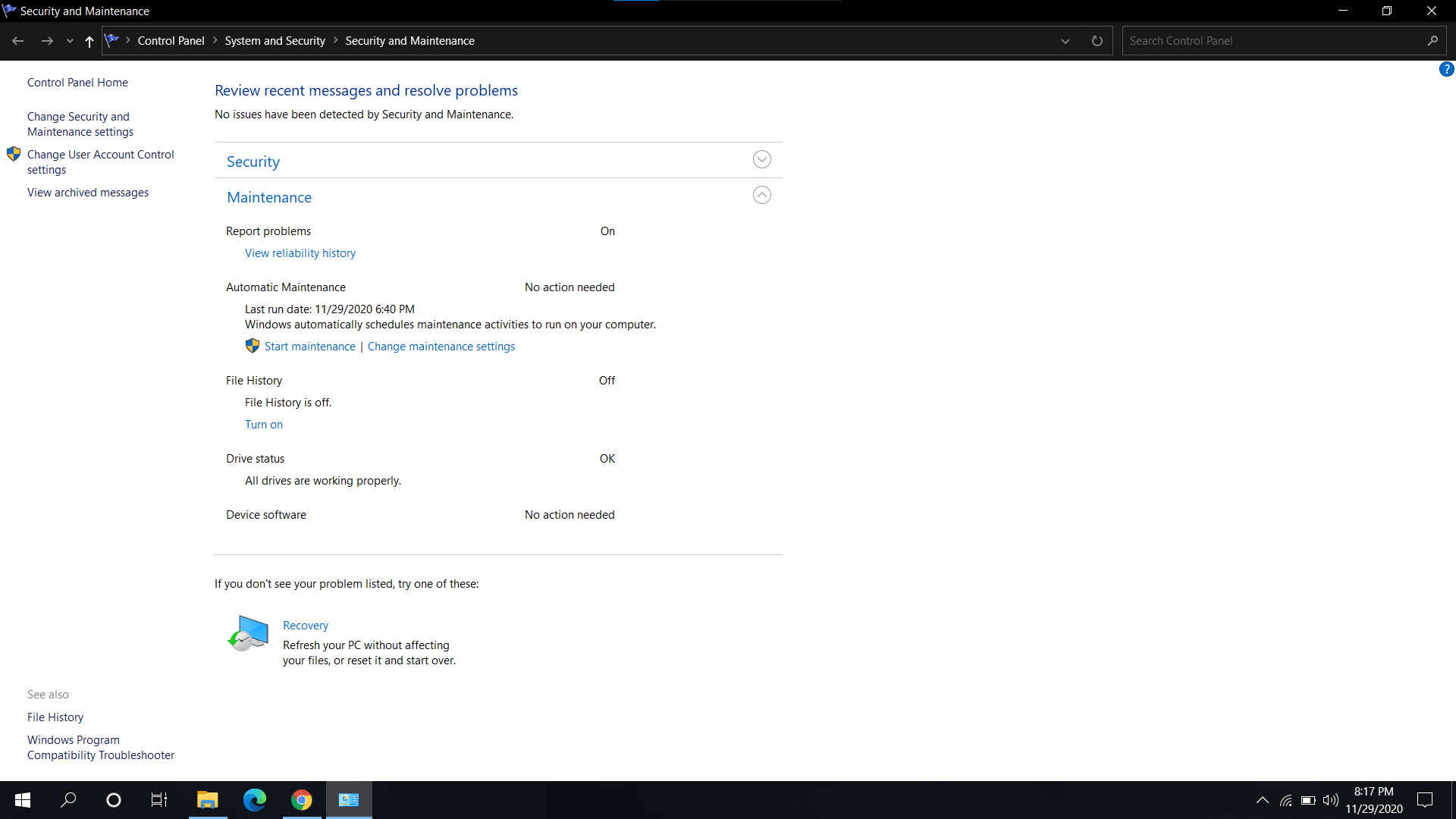
To run it automatically, you can open the Control Panel > System and Security > Security and Maintenance. In the Maintenance tab, click on Change Maintenance Settings. Then, set your preferred time, and check the “Allow scheduled maintenance to wake up my computer at the scheduled time” option. Once set, you should click on the OK button, and Windows 10 should run automatic Maintenance for you.
It should speed up your slow Windows 10 PC by making necessary settings to your PC. It may work or not, depending upon your PC. If it doesn’t, you can take a look at other fixes below.
5. Disable Windows 10 Suggestions
Among these things, Windows 10 gives you suggestions about the new changes made to Windows 10. It also includes tips to get the best out of your Windows 10 PC. To make this work in the first place, your PC takes a big hit on performance.
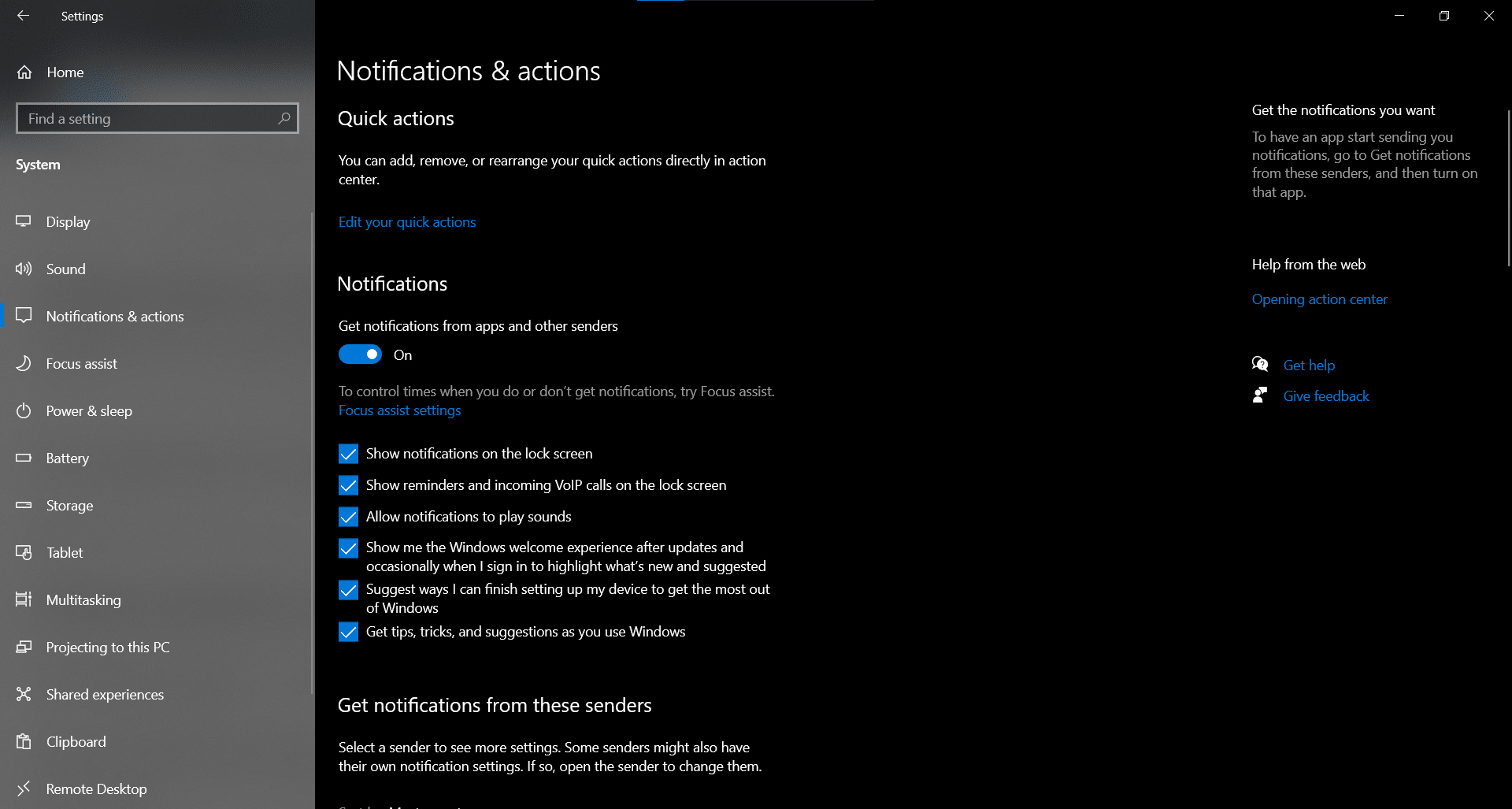
It’s better to disable these tips to improve your performance in some areas. To turn these off, you should go to Start > Settings > System > Notifications & Actions and uncheck the “Get tips, tricks, and suggestions as you use Windows.”
This thing might boost up your slow Windows to get a better performance out of it. If these tips still didn’t speed up your Windows 10, make sure to follow the other tips mentioned below.
6. Delete Unnecessary Files on Hard Disk
If your Windows PC is starting to hiccup, it might be possible that there are unnecessary files on your PC. Your PC takes a hit on performance while loading these files. So, it’s better to delete those files that you don’t want anymore. First of all, clean up your Downloads, Documents, Videos, Pictures, and Music folders. If you need the data, it’s better to store them in different locations on your hard disk.
Other than these, delete unnecessary files on other hard drives as well. Make sure that the storage is filled on any hard drives. Please don’t make them reach the red mark as Windows suggests. Make sure the storage on your hard drive shows blue instead of red. You should definitely see an improvement on your slow Windows 10 PC after this.
7. Keep Your Desktop Clean
Most of us prefer to keep our items on the desktop. Albeit being handy, this slows down your Windows 10 boot uptime. So whenever you boot up your Windows machine, it takes more than a decade to load up the desktop only.
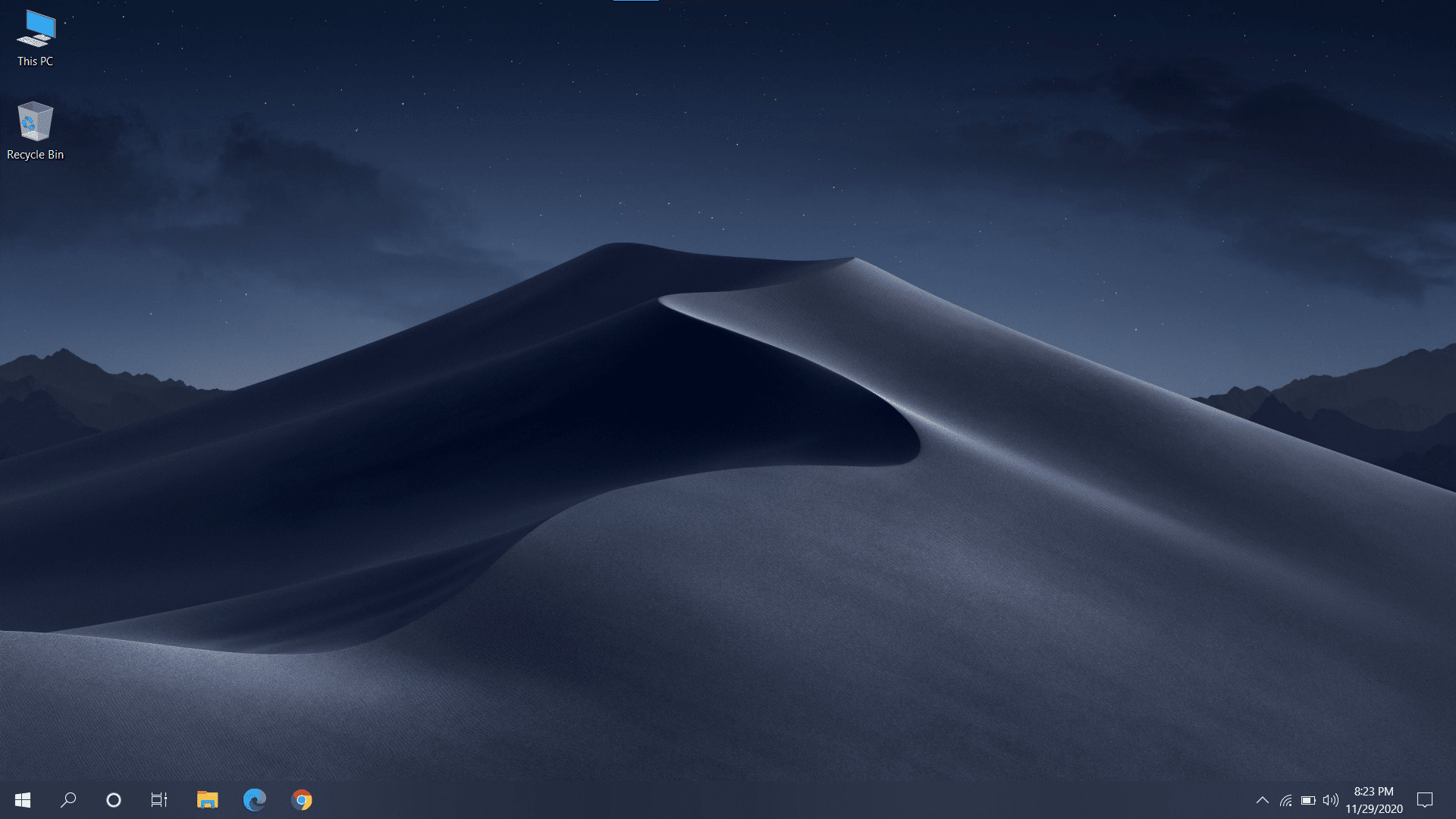
You can avoid this by keeping your desktop clean. For this, delete shortcuts on your desktop, and leave out the “Recycle Bin” and “My Computer.” Your desktop should be already looking clean. If you have put any files other than shortcuts, it’s better to move all files to a single folder and move that folder to your hard drive.
This tip will drastically increase the boot-up time on your slow Windows 10 PC. The boot time shouldn’t take ages for you now. Instead, your PC will boot up in half of that time.
8. Defrag Hard Disk
When you use your hard disk, over time, it becomes more fragmented. It means that a fragmented disk store files here and there, making it harder for Windows 10 to put the files together. As a result, you’ll have a slow Windows 10 PC. It can be fixed easily by defragging your hard disk.
Luckily, Windows offers an in-built solution to defrag your hard disk. You can also run it automatically at a specific time if you prefer to do keep your disk defragmented. To do this, click the Start menu, search for “defrag,” and choose the “Defragment and Optimize Drive” option. When a screen appears, select the hard disk that you want to defrag. You can also select multiple disks by holding down the Ctrl key. And choose the “Optimize” option. You will be notified once the defragmentation is done.
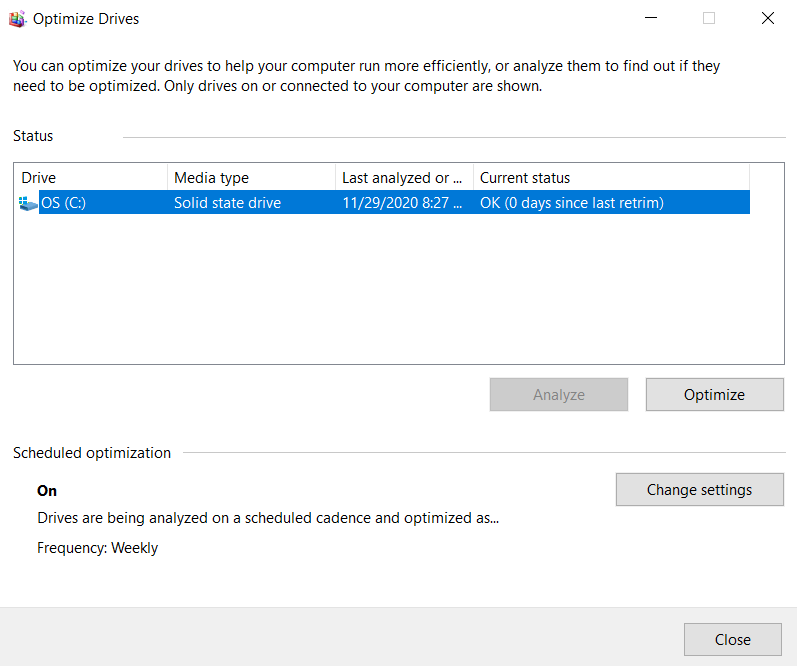
To run Disk Defragmentation automatically, you should click on the Choose Settings button, then check the “Run on a schedule” option. Select the frequency, which can be set to Daily, Weekly, or Monthly. We suggest you set it to Monthly. If you click the Choose button, you can choose which hard drives to defrag automatically.
9. Get Rid of Bloatware
The chances are that your PC comes with a ton of bloatware. Usually, Windows PC manufacturers add bloatware to their PCs. As a consequence, your Windows 10 PC starts to slow down. To improve the performance of your slow Windows 10, you shall get rid of the bloatware. The bloatware usually contains the apps or software that you don’t need.
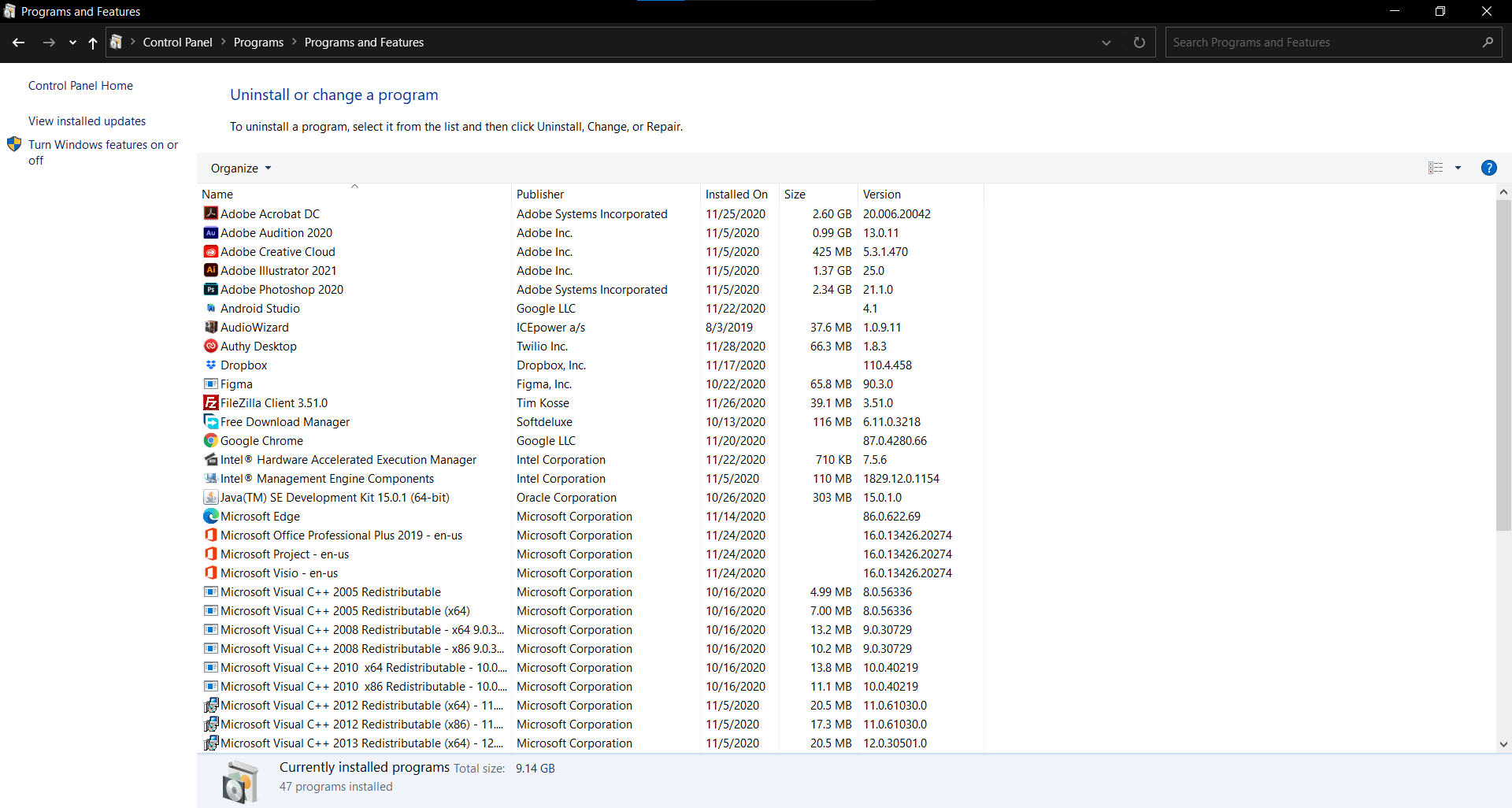
To get rid of such apps, you should uninstall them. Most of the apps can be uninstalled from the Start Menu itself. If not, you can do that by simply searching for Control Panel and opening it from the Start menu. Under the Programs heading, choose the “Uninstall a Program” option. It will open a list of programs installed on your PC. Analyze the list and select the programs you want to install, then click the Uninstall button on top.
This tip will speed up your slow Windows 10 machine, without a doubt. You can further speed up your Windows PC by following the tips mentioned further in the article.
10. Turn Off Search Indexing
Windows 10 has a new feature that lets you search much faster. Although that comes at a cost of performance. Windows 10 indexes the files on your hard disk in real time to perform searches faster. This is called Search Indexing. This is good if you have a great CPU and hard drive. If you don’t have either one of them or both of them, your PC will become slow.
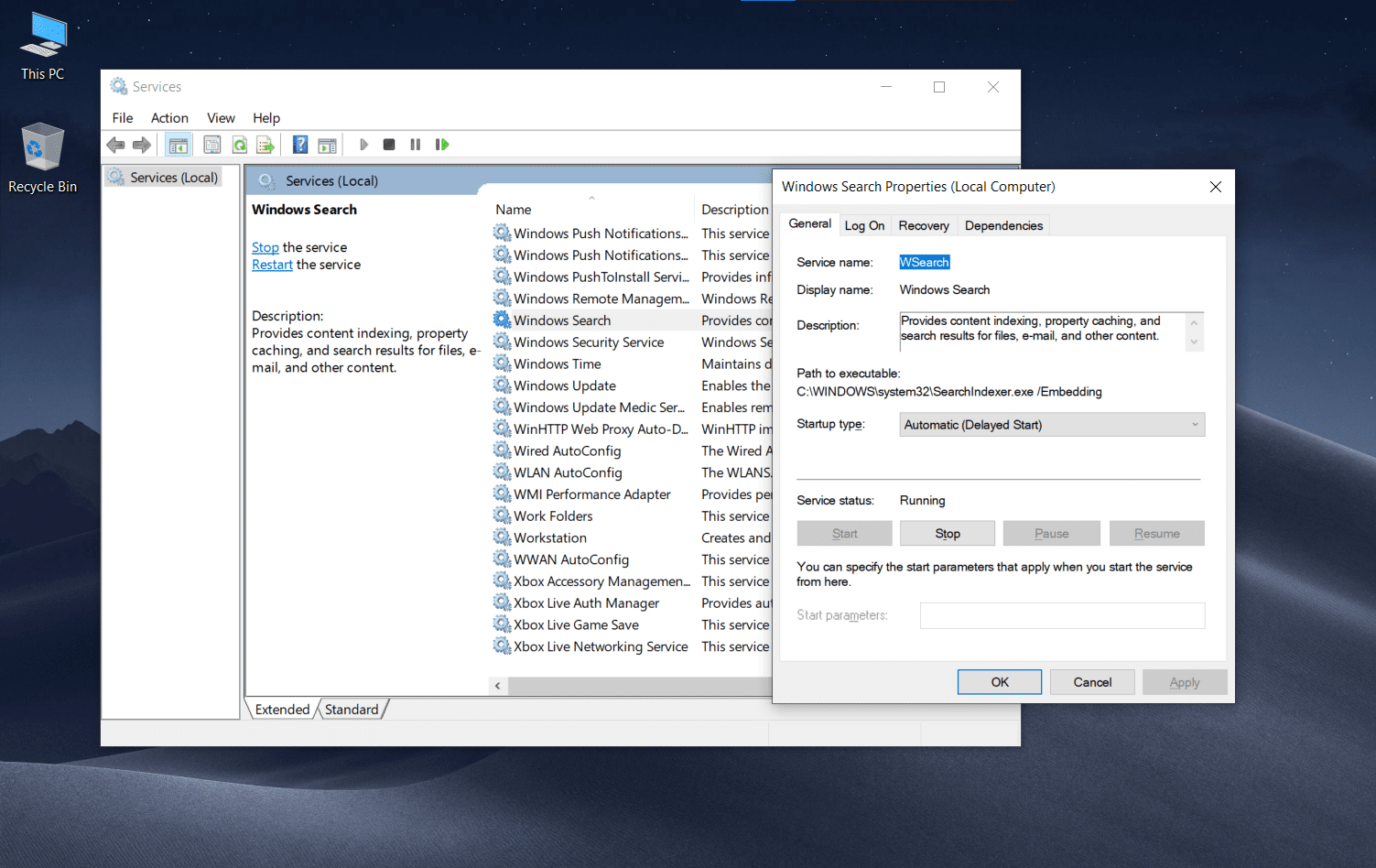
To get the best performance out of your Windows 10, you should turn off Search indexing. To turn off searchSearch Indexing, you need to search for “services.msc” in the Windows Search box and hit Enter on the first option. Now scroll down and look for the Windows Search service. Double-click or press Enter on that, and a window will appear. From the windows opened, click on the Stop option. Reboot your machine afterward.
Other than that, you can also set Search Indexing for specific folders. To do this, you can search for Index on the Windows Search box and hit Enter. The Indexing Options window will open up from the Control Panel. Now, click the Modify button, and you’ll see a list of folder locations currently using Search Indexing. Uncheck the boxes next to the location that you don’t want to be indexed.
As a result, the searches might be a little slow. You can see the results slowly over time. It will speed up your slow Windows 10 PC.
11. Restart Your Windows 10 PC
It is not a gimmick or any magic done by your usual IT guy. But when you have a slow Windows 10 PC, you’ll probably use this option as a last resort. You need to Shut Down and Restart your Windows PC completely. This process will clear any excessive RAM usage that’s happening in the background.
Usually, when RAM is filled up, it can’t take any more data as a result. Also, it can’t be cleared manually too. By restarting your Windows 10 PC, the programs running in the background will be cleared out, and RAM will restart afresh. If you have a slow Windows 10 PC/Laptop, which has become slow over time, this quick fix will always work, no matter what happens.
Make Your Slow Windows 10 PC Faster Using These Tricks
When you have a Windows 10 PC that’s getting slow, these tricks will speed up your slow Windows 10 PC. Once you have used the above tricks to speed up your Windows PC, you might want to keep your PC running at its best over time. It’s best to schedule a monthly clean up to avoid getting baffled over time. Use this list as a guide or checklist to keep your slow Windows 10 faster.
ALSO READ:
- How to Restore Recently Closed Tabs in Chrome, Firefox, Edge, Opera, and Safari Easily
- How to Find Mac Address, IP Address, and Network Connection Details on Any Device Easily
- How to Install Windows 11 Insider Preview on Incompatible PCs
- How to Forget Wireless Networks on Mac in 5 Easy Steps
- How to Sync Contacts from iPhone to Mac Quickly
Well, these are some incredible tips I’ve come across. Thanks a lot man!